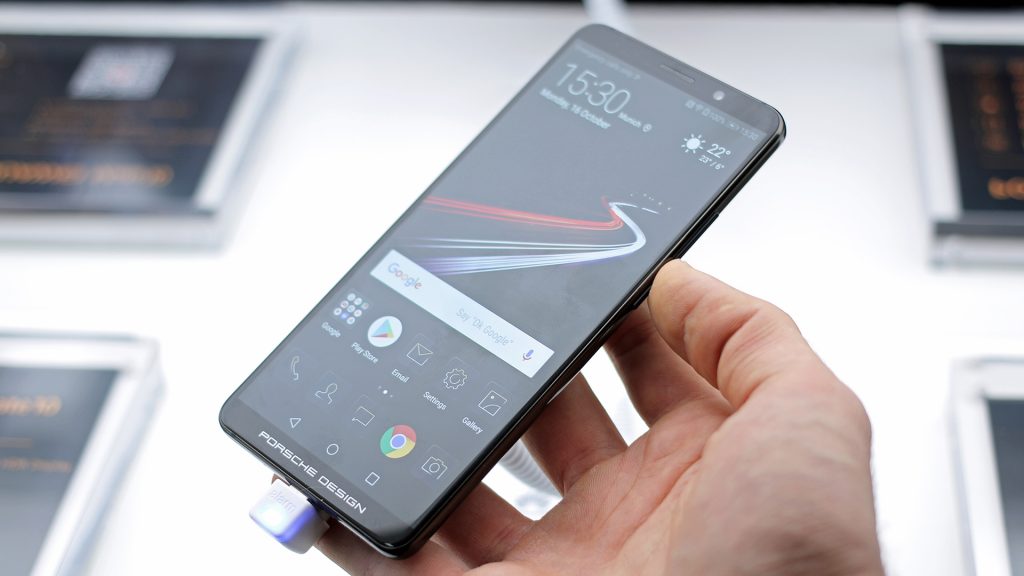There has been an uptick of late in smart collaborations and new product lines that are at times unexpected, coming from some of the world’s biggest brands. From embracing pop culture in an effort to reach a younger audience through collaborations with artists and innovators, to new product offerings well outside their core, brands are getting creative in their approach to standing out from the crowd.
The idea of expanding outside of a brand’s expected core industry isn’t necessarily a new strategy, but in a world where the concept of a brand continues to evolve, driven by an ever-growing demand for better consumer experiences, we may be seeing more of the products we know and love taking what feels like a left turn.
The impetus for these strategies can often be discovered via insights found in external customer and company data which indicate new opportunities or potential for collaboration.
1. Bumble branches into skincare with new Bumble Beauty
What happens when your dating app starts offering skincare advice? Popular Tinder alternative Bumble is trying its hand in the beauty business, as a way of looking to cure some emotional issues by venturing into the physical. The team at Bumble “spent several months working with psychotherapists and dermatologists to make serums that simultaneously solve skin and emotional issues,” CEO Whitney Wolfe Herd told Marie Claire.
This follows the brand’s recent ventures outside the world of dating, connecting female friends through platonic matches with Bumble BFF, connecting women in professional networks via Bumble Biz, as well as launching an investment arm for female-founded businesses via Bumble Fund. For Bumble, beauty seems a natural extension of the brand, whose ethos has always been about championing and celebrating women.

2. 7-Eleven’s Simply Me Beauty
Maybe less obvious, local drugstore 7-Eleven is also trying its hand at the beauty business, looking to fill a gap in drugstore cosmetics at the very low end. According to Allure, every product in the line is under $5. The brand may be looking to compete with other one-stop-shops offering a variety of products: “While some may find it an odd move on the company’s part, it won’t be the first time you can simultaneously go food and makeup shopping under one roof. After all, drugstores these days are like mini supermarkets.”

3. Spotify partners with Ancestry.com
Again not an immediately obvious offering, music streaming platform Spotify has teamed up with ancentry.com to offer ‘heritage’ playlists based on your DNA results, and listen to your ‘musical DNA’. The new offering presents a unique intersection of art and science, bringing personalization to your playlist.
Quartz reported that since the two companies launched the new service on Sept. 21, over 10,000 people have signed up for a custom playlist. Over 10 million people have taken the AncestryDNA test. Users have responded, however, with some mixed reviews.

4. Running on Dove + Dunkin
Two things that can get your day going: caffeine, and one of the best time-saving hacks in the beauty industry: dry shampoo. Dove has partnered with America’s favorite coffee chain, the newly renamed Dunkin’, for Dove X Dunkin’, a styling Cafe that will “offer commuters, tourists and random passersby free styling appointments using Dove’s dry shampoo products, as well as complimentary Dunkin’ coffees.”
This collaboration is the direct result of an insight the brands discovered by monitoring consumer behavior on social media: the popularity of the phrase “running on coffee and dry shampoo.” According to WWD, “it also highlights two Millennial cultural obsessions — preserving blowouts by going several days without washing one’s hair, and the Starbucks vs. Dunkin’ debate.”

5. Google + Levi’s: Google gets into FashionTech
Now firmly in the ‘wearable’ space, Google has teamed up with original denim brand Levi’s for a high tech jacket that enables users to control smartphone features with basic arm movements. Originally launched 2 years ago and marketed to the cycling audience in need of hands-free tech, the latest Project Jacquard now features ride-sharing support via Uber and Lyft, and support for Bose’s Aware Mode in their headphones.

6. Huawei + Porsche bring luxury + AI together for a new mobile experience
Looking for a brand sat squarely in the luxury space, Huawei engaged German luxury automaker Porsche for the design of its Mate 10 and Mate 20 smartphones. Billed as a “performance-driven smartphone”, the high end model comes complete with a set of Porsche-branded accessories. The partnership has enabled Huwawei’s Mate line to offer an extra luxury tier, complete with a luxury price tag averaging around $2,000, and given it a leg up on the basis of competition when it comes to design.
7. Giants launch tech incubators and accelerators
When you can’t beat ‘em, buy ‘em or join ‘em, some companies look to help create them. Riding the wave of the boom in tech startups and accelerators, many giants are looking to be part of tomorrow’s innovations from the ground up. Rather than waiting for a disruptive technology to impact their business, many tech giants are branching out to create new business lines in the form of funds, incubators, accelerators and innovation labs, creating easier pathways to incorporate this new tech into their business.
Telefonika’s prolific Wayra accelerator has seen significant success. Google has several famous in house programs, while Facebook recently launched its LDN_LAB. Even the legal industry is getting in the game, with legal tech incubators popping up in every direction, including Magic Circle firm Allen & Overy’s in-house Fuse project.

Keeping an eye on the competition means more today than predicting their linear moves. Brands are teaming up across industries, across audiences and across product lines to create new hybrid projects that boost the power of both brands, or introduce entirely new offerings. Often, the insights that led to the formation of these partnerships were found when the brands looked out at their wider industry and customer behavior to draw parallels and discover gaps in the market.
These strategic plays can be monitored via Outside Insight. Is the brand hiring for expertise outside of its core industry? Are they investing heavily in R&D or new patents? Has there been buzz in the media or on social about an unlikely creative collaboration? Has there been a change in management? All of these questions point to clues that can be discovered in the breadcrumbs brands are leaving behind, enabling competitors to remain one step ahead.

